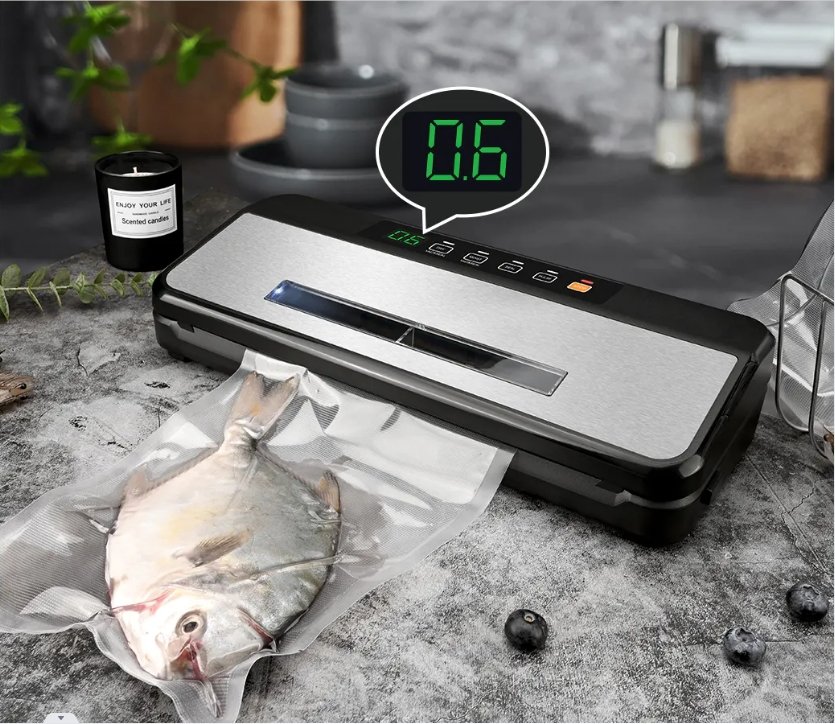Vacuum packaging is a technique that empties the air inside a container and then seals the container to maintain a vacuum state.
Vacuum technology is not only used for small-sized packaging of food and non food products, but also for ultra large products in laboratories, food storage warehouses, vehicles, and containers.
Generally, what we refer to as vacuum packaging refers to the vacuum packaging of small food and non food products, which can be completed using various models of vacuum packaging machines.
Food
Vacuum packaging can significantly extend the shelf life of many foods, but not all foods are suitable for vacuum packaging.
Vacuum packaging suppresses the growth of aerobic bacteria (mold, yeast, etc.) by removing oxygen from the container.
Reduce the oxidation rate of food, maintain its original color and flavor.
Lock the moisture inside the packaging to prevent fresh food from drying out.
Prevent freezing burns during frozen storage.

Hardware and chemical industry
Vacuum packaging is necessary for the packaging, storage, and transportation of bearings, laboratory equipment, chemicals, etc.
Prevent hardware and chemicals from rusting, oxidation, and deterioration by preventing contact with water and oxygen.

Textile
Vacuum packaging of textile products has three major benefits
- Prevent pollution and ensure the hygiene and quality standards of textiles from the factory to the destination;
- Keep dry to prevent insect infestation. Minimize the impact of storage and transportation environment as much as possible;
- As an ultra compact packaging, it significantly reduces product volume. Save space in warehouses and transportation vehicles.

Medical devices
During the transportation and storage of medical devices, vacuum packaging must be used to isolate contamination from bacteria, air, water, and dust.


